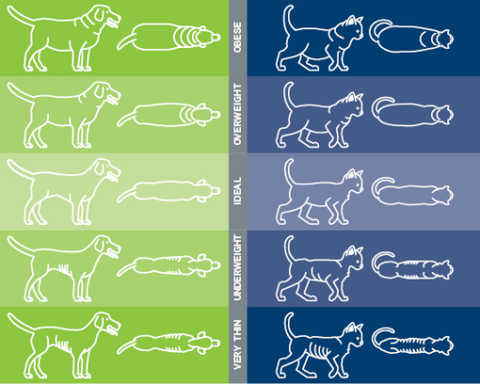How Aromatherapy Can Help You (and Your Dog)

Many people tout the benefits of aromatherapy, especially when used in conjunction with essential oils and even meditation. Like most things that are good for humans, aromatherapy can also benefit your dog and be used to reduce anxiety related to separation, storm phobia, or past trauma. (Or just mellow him or her out before a road trip.)
The practice of aromatherapy dates back over 3,000 years to when Egyptians used aromatherapy in the form of incense to honor their gods. Additionally, for centuries, the practice of using essential oils, the derivatives of plant based materials that comprise aromatherapy, were the only known cure for many ailments and diseases.
According to OrganicFacts.net, “Some of the health benefits of aromatherapy include its ability to reduce anxiety, ease depression, boost energy levels, speed up the healing process, eliminate headaches, boost cognitive performance, induce sleep, strengthen the immune system, reduce pain, improve digestion, and increase circulation.”
While many of these benefits apply to humans, they can also apply to man’s best friend.
Aromatherapy can be a great way to help your dog relax or enhance their mood, but veterinarians should always be consulted before you use essential oils on your pet. As a rule of thumb, essential oils should also be diluted or diffused and not applied directly to your dog’s skin or coat.
Some safe essential oils to use are:
Lavender: Useful in acclimating dogs to new space or den. May reduce allergies, burns, anxiety, or give pets a sleepy feeling which is useful before travel.
Cardamom: Helps with digestion issues and has anti-bacterial properties.
Fennel: Balances pituitary glands and help diffuse toxins in the body.
Spearmint: Helps with weight reduction, colic, and digestive issues. (Also great for cats!)
Want to try aromatherapy with your dog? Select one of the safe essential oils above and start out by applying the oil to yourself and wearing around your pet so they can get used to the scent. Once they have become comfortable with the scent, dilute 3-5 drops (less for smaller dogs) by 80-90% with another safe carrier oil. Once diluted, essential oils are safe to apply to paws or fur (after blending in your own hands). Every animal is different, and you should consult your veterinarian before using essential oils with your pets, especially if there is a specific health ailment that you are trying to address.
Enjoy your aromatherapy and let us know how it goes with your dog!




